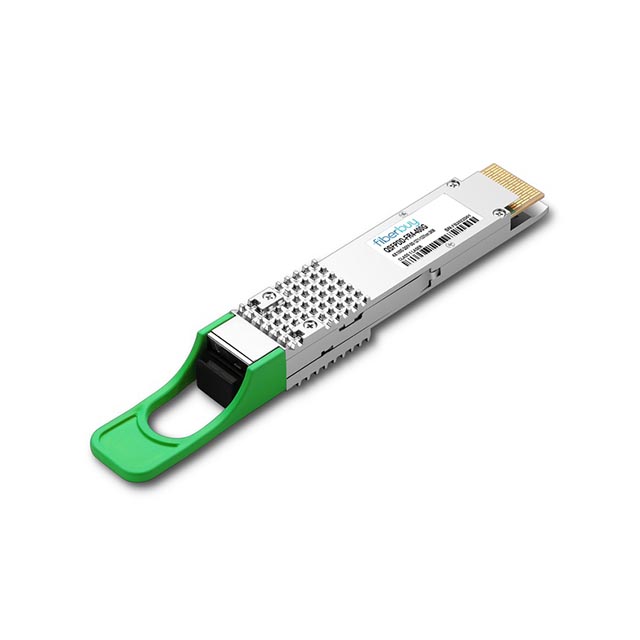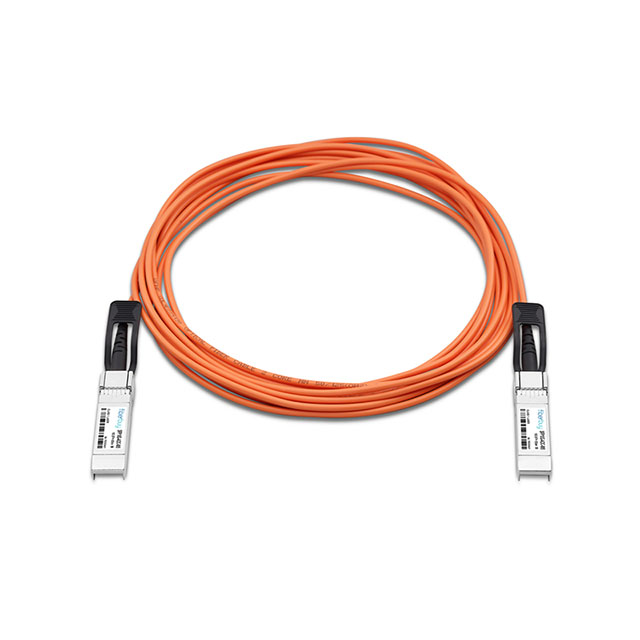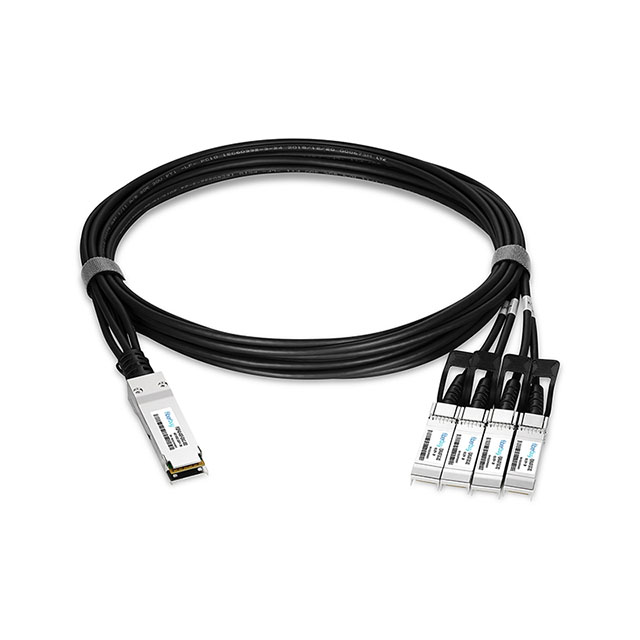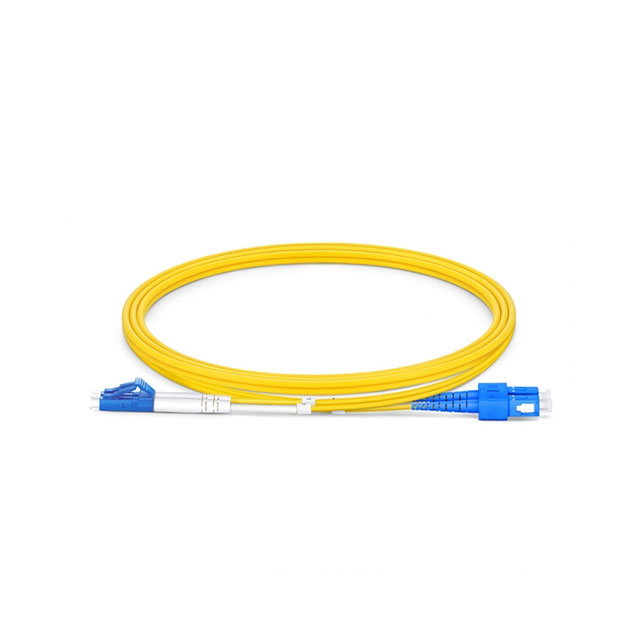Wide application of optical transceiver module in base station construction
With the deployment of wireless networks, the number of base stations is increasing, the sites are becoming denser, and the deep coverage of the base stations is required to be deployed closer to users. Therefore, the BBUs are deployed in a centralized manner, and the heterogeneous networking of base stations becomes the development of mobile networks trend. At present, the mobile pre-transmission bearer is mainly a point-to-point optical fiber direct connection method, and there are a series of problems such as serious fiber resource consumption and difficulty in expanding the capacity. The single-fiber series provided by Fiberbuy can meet the requirements of deep coverage and flexible capacity expansion of carrier base stations in the scenario of tight fiber resources. The serial product adopts miniaturized hot-swappable single-fiber bidirectional same-wavelength and single-fiber bidirectional dual-wavelength technology. It can meet the fiber backhaul of 1G/10G rate and the BBU and RRU interconnection application requirements of different speed grades of CPRI1-CPRI9. The high density and high bandwidth of the radio base station promotes the evolution of the base station network architecture from point to point to the base station pool. At the same time, the diversity of the base station network architecture also requires the radio base station to support the cascade. Fiberbuy can provide a WDM solution similar to OTN, which is suitable for high-bandwidth transmission of more than 10G data between BBU and RRU. With the flexible deployment of WDM equipment, BBU centralized management can be completed. The WDM-based access network acts as a BBU and RRU. Data transmission has become an important base station fiber backhaul solution.
Compared with the BBU and RRU two-level architecture of the 4G LTE access network, the 5G RAN will evolve into a three-level structure of CU, DU and AAU. For 5G bearers, Fiberbuy provides 25G/25G BIDI/25G CWDM/50G/100G high-speed optical modules in the preamble, intermediate transmission and backhaul access layers, and 100G/200G/400G high-speed optical modules in the backhaul aggregation and core layer.


















